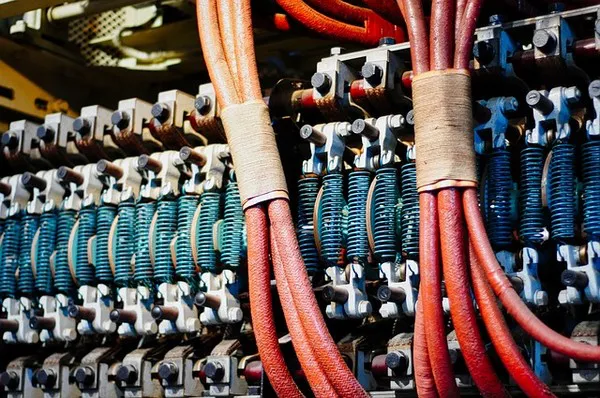As the global shift toward electric vehicles (EVs) accelerates, the demand for lithium-ion (Li-ion) batteries, and consequently graphite—an essential component of these batteries—has surged. However, traditional methods of securing graphite supply pose environmental challenges and supply chain complexities. Amidst this dilemma, a New Zealand firm, CarbonScape, has pioneered a sustainable solution by utilizing scrap wood byproducts to synthesize graphite, offering a renewable alternative to address the graphite supply problem.
Growing Demand for Graphite:
With the rise of the EV market, concerns over sustaining the growing demand for materials like graphite have emerged. Current estimates suggest that the demand for graphite in Li-ion battery manufacturing could increase significantly by 2030, presenting a substantial challenge to meet future needs.
Challenges of Traditional Graphite Production:
Both mining natural graphite and synthesizing graphite from petroleum coke entail energy-intensive processes and environmental concerns. Mining and processing natural graphite require chemicals like hydrofluoric acid and sodium hydroxide, posing risks to ecosystems and water sources. Moreover, the reliance on coal-based products in synthetic graphite production contributes to carbon emissions and environmental degradation.
The Biographite Alternative:
CarbonScape’s innovative approach involves synthesizing graphite from wood waste through thermo-catalytic graphitization, circumventing the need for fossil fuels. By repurposing wood chips into charcoal and then graphitizing them, CarbonScape produces biographite—an environmentally friendly alternative to traditional graphite.
Advantages of Biographite:
Biographite offers several advantages, including faster charging capacity compared to natural or synthetic graphite. Its unique microstructure facilitates the rapid movement of lithium ions within batteries, enhancing performance. Moreover, CarbonScape estimates that it can fulfill a significant portion of the world’s graphite demand by 2030 using only a fraction of the lumber industry’s waste, thereby reducing carbon emissions and promoting a circular economy.
Conclusion:
As society embraces carbon-free innovations like EVs, sustainable solutions like biographite play a crucial role in mitigating environmental impact while meeting the rising demand for essential materials. By repurposing wood waste for graphite production, CarbonScape exemplifies how technological innovation can drive renewable solutions, supporting the transition toward cleaner and greener forms of transportation.

